Introduction
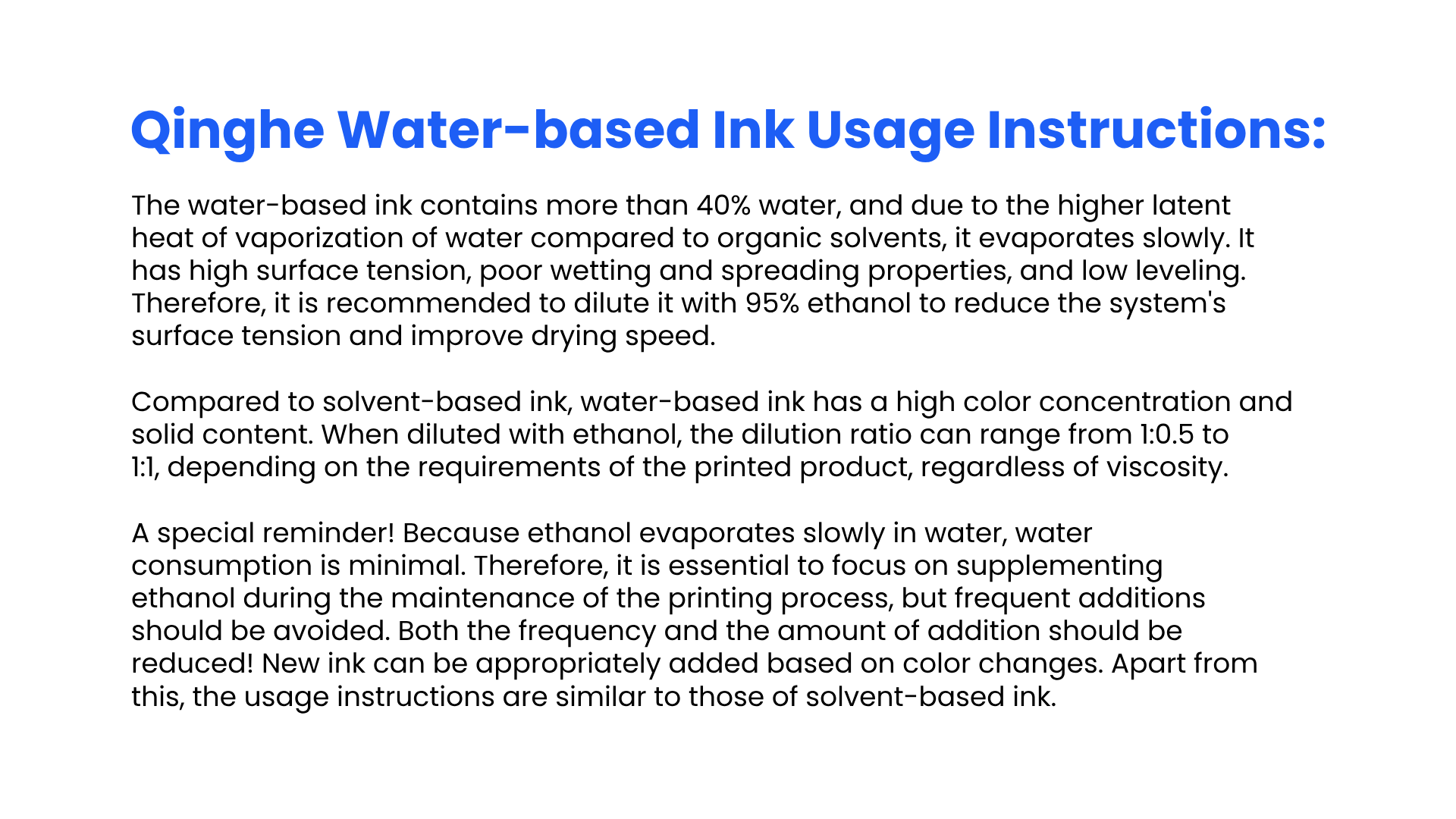
In the world of industrial printing, the importance of food safe ink cannot be overstated. It ensures that printed materials intended for use in direct contact with food are free from harmful chemicals and contaminants. But what exactly are food safe inks? Is edible ink safe? Let's delve into the benefits of waterborne polyurethane-based ink and how Qinghe Chemical is leading the way in providing eco-friendly printing solutions.
The Importance of Food Safe Ink
Food safe ink is specifically formulated to meet strict safety standards for use on packaging and other materials that come into contact with food. This ensures that consumers are not exposed to harmful substances through printed materials. But what exactly makes an ink safe for use on food products? Let's explore this further.
Benefits of Waterborne Polyurethane-based Ink
Waterborne polyurethane-based ink offers numerous advantages, including high durability and flexibility, enhanced color vibrancy, and compliance with food safety regulations. These qualities make it an ideal choice for printing on food packaging materials and other applications where safety is paramount.
Qinghe Chemical: Leading the Way in Eco-friendly Printing Solutions
Qinghe Chemical is at the forefront of providing sustainable printing solutions with its innovative waterborne polyurethane-based ink. Their commitment to eco-friendly practices and high-quality products has made them a trusted partner for businesses seeking safe and reliable printing solutions.
Advantages of Food Grade Waterborne Polyurethane-based Ink
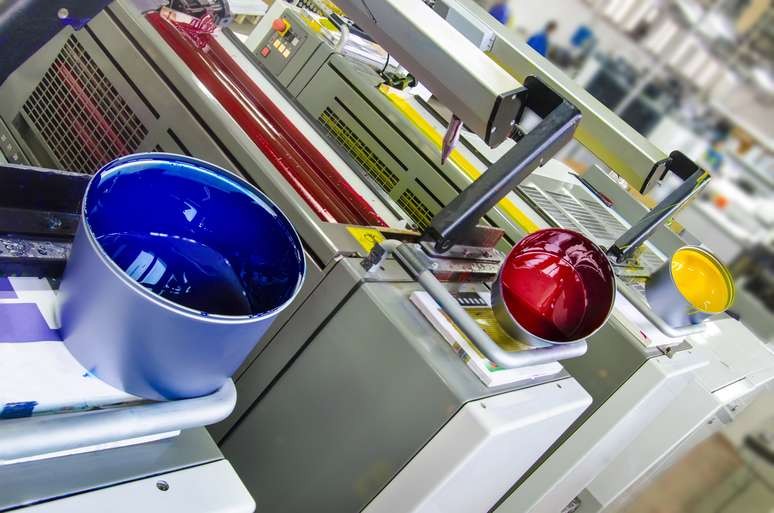
Food safe ink, also known as edible ink, is a type of ink that is safe for use on food products and food packaging materials. This ink is specially formulated to comply with food safety regulations and ensure that it does not pose any health risks when in contact with food.
High Durability and Flexibility
Food safe inks, particularly waterborne polyurethane-based inks, offer high durability and flexibility when used for industrial printing applications. This means that the printed images or text can withstand handling, transportation, and exposure to various environmental conditions without smudging or fading.
In addition to their durability and flexibility, food safe inks also offer enhanced color vibrancy and clarity. This means that the printed images or text will appear vivid and sharp, making them more visually appealing to consumers. The use of waterborne polyurethane-based inks ensures that the colors remain vibrant and true to the original design, even after prolonged exposure to light and air. This enhanced color quality can make a significant difference in the overall presentation of products, helping them stand out on store shelves or in marketing materials.
Enhanced Color Vibrancy and Clarity
One of the key advantages of using food grade waterborne polyurethane-based ink is the enhanced color vibrancy and clarity it provides. This ensures that the printed images on food packaging materials or other products stand out with vivid colors and sharp details, enhancing their visual appeal.
Additionally, the use of food grade waterborne polyurethane-based ink ensures that the printed images on packaging materials maintain their vibrancy and clarity over time. This means that the products will continue to look attractive and appealing on store shelves, helping to catch the eye of potential customers. The longevity of the ink's color and sharpness also reflects positively on the quality and durability of the packaging itself, creating a positive impression for consumers.
Compliance with Food Safety Regulations
Food safe inks are specifically designed to comply with strict food safety regulations to ensure that they do not transfer harmful substances onto food products. Waterborne polyurethane-based inks are known for their non-toxic properties, making them a safe choice for printing on items intended for direct contact with food.
Waterborne polyurethane-based inks are not only safe for direct contact with food, but they also offer excellent adhesion and durability on various substrates. This makes them a versatile choice for printing on packaging materials, labels, and other items that come into contact with food. By choosing waterborne polyurethane-based inks, manufacturers can ensure that their products meet food safety regulations without compromising on print quality or performance.
Applications of Food Safe Ink in Industrial Printing

Food Packaging Materials
Food safe ink is essential for printing on food packaging materials to ensure the safety and quality of the products. With its compliance with food safety regulations, waterborne polyurethane-based ink is the ideal choice for printing on cardboard, paper, and other packaging materials used in the food industry. This type of ink provides excellent adhesion and durability, ensuring that the printed information remains legible throughout the product's shelf life. Additionally, waterborne polyurethane-based ink offers fast drying times, which increases production efficiency and reduces the risk of smudging or smearing during handling and transportation.
Flexible Packaging for Food Products
When it comes to flexible packaging for food products such as snacks, candies, and ready-to-eat meals, using food safe ink is crucial. Waterborne polyurethane-based ink offers high durability and flexibility, making it suitable for printing on various types of flexible packaging materials without compromising food safety.
Waterborne polyurethane-based ink is also resistant to moisture and abrasion, ensuring that the packaging remains intact and the branding stays vibrant even in challenging conditions. This makes it ideal for food products that may be exposed to varying temperatures and handling during transportation and storage. Additionally, the flexibility of this ink allows for seamless printing on curved or irregular surfaces, providing brands with endless creative possibilities for their packaging designs.
Printing on Eggshells for Branding and Identification
Innovative applications of food safe ink include printing directly onto eggshells for branding and identification purposes. This eco-friendly solution ensures that the ink used is safe to be in contact with eggs while providing vibrant colors and clear markings for branding or labeling purposes.
In addition to branding and identification, printing on eggshells with food safe ink also offers the opportunity for creative and eye-catching designs. Whether it's for seasonal promotions, special events, or simply adding a unique touch to your product packaging, the use of food safe ink allows for intricate and detailed designs that can make your eggs stand out on the shelves. This opens up new possibilities for marketing and product differentiation in the competitive food industry.
Sustainable Printing Practices with Water-based Inks
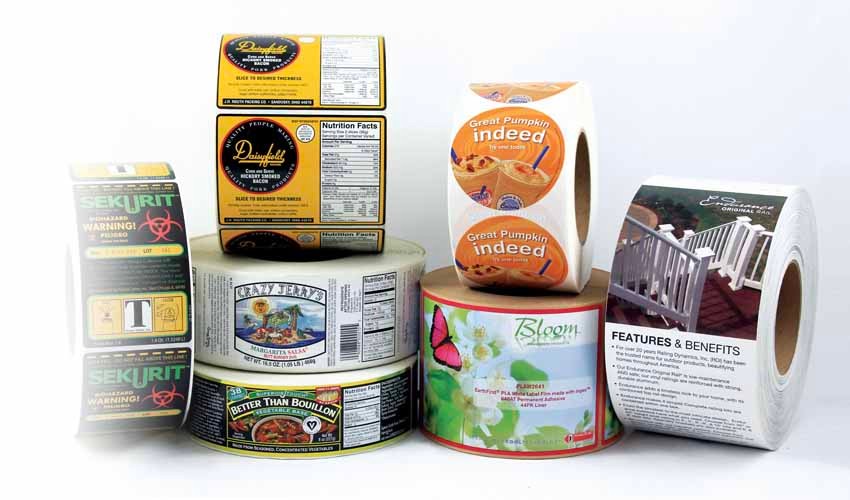
When it comes to sustainable printing practices, water-based inks have a clear advantage over traditional solvent-based inks. One of the key benefits is the reduction of VOC emissions, which are harmful chemicals released into the atmosphere during the printing process. By using water-based inks, printers can significantly lower their environmental impact and contribute to cleaner air for everyone.
Reduction of VOC Emissions
Water-based inks are formulated without volatile organic compounds (VOCs), which are known for contributing to air pollution and posing health risks to workers and consumers. This makes them a much safer and more eco-friendly option compared to solvent-based inks. By reducing VOC emissions, printers can create a healthier work environment while also meeting strict environmental regulations.
Water-based inks also offer the advantage of easier cleanup and disposal, as they do not require costly exhaust air treatment systems like solvent-based inks do. This not only saves printers money on equipment and maintenance, but it also reduces their overall environmental impact. By eliminating the need for exhaust air treatment, printers can streamline their operations and focus on producing high-quality prints without worrying about the added costs and complexities associated with managing VOC emissions.
Elimination of Costly Exhaust Air Treatment
With traditional solvent-based inks, printers often have to invest in costly exhaust air treatment systems to remove harmful VOCs from the air before releasing it into the environment. However, water-based inks eliminate this need altogether, saving printers both money and resources that would have been spent on maintaining and operating these systems.
Improved Work Safety and Environmental Compatibility
In addition to reducing VOC emissions and eliminating the need for exhaust air treatment, water-based inks also offer improved work safety and environmental compatibility. Printers can enjoy peace of mind knowing that they are using safer products that pose less risk to their employees and surrounding communities. Furthermore, water-based inks are easier to clean up and dispose of, reducing the risk of accidents or spills in the workplace. Additionally, these inks are often made from renewable resources, further contributing to a more sustainable and environmentally friendly printing process.
Addressing Consumer Concerns about Food Safe Inks
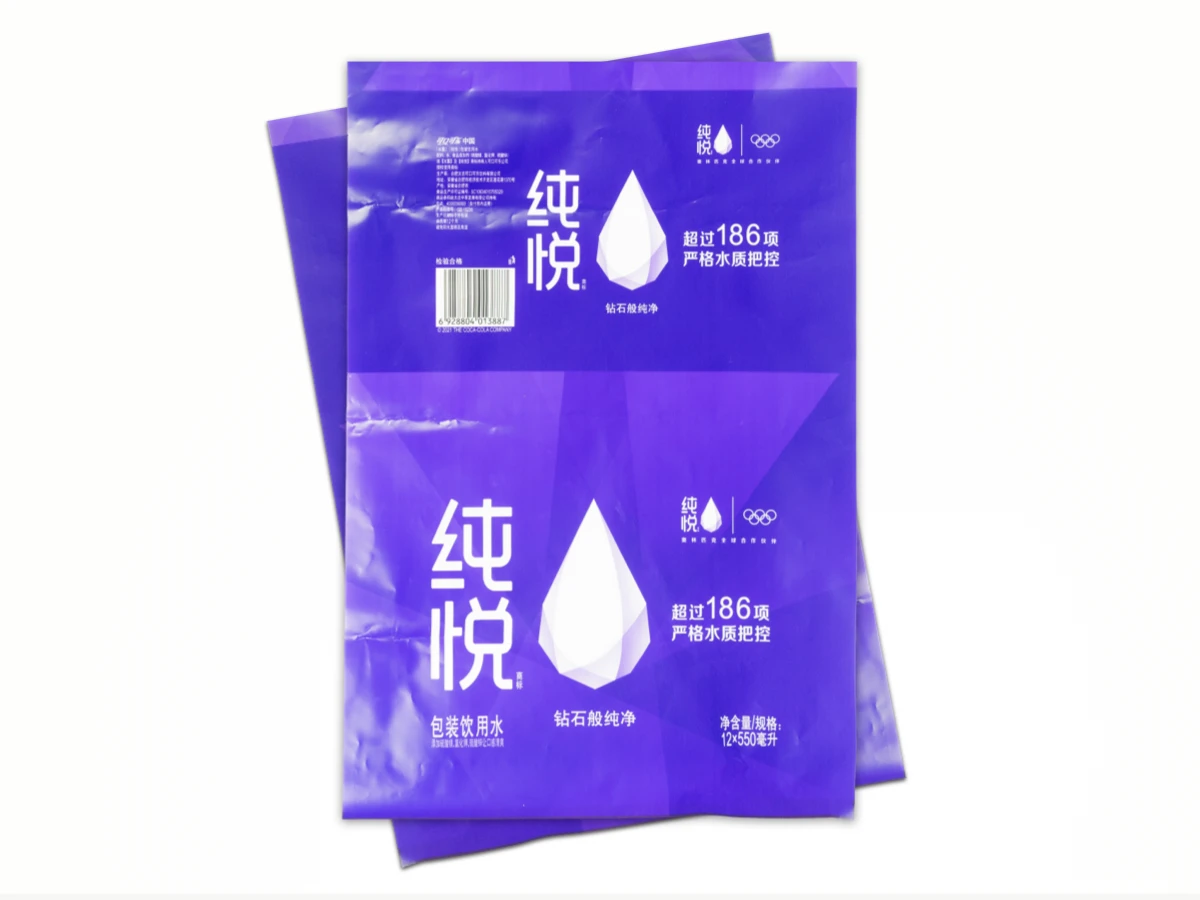
Transparency in Ink Ingredients
Consumers are increasingly concerned about the ingredients used in food safe inks, wanting to ensure that they are non-toxic and safe for use on food packaging and other materials. It's important for companies to provide full transparency regarding the composition of their inks, assuring consumers of their safety and compliance with food safety regulations.
Safety of Ink in Contact with Food
One of the most common questions consumers have is whether edible ink is safe for consumption. It's crucial for manufacturers to reassure customers that food safe inks, such as waterborne polyurethane-based ink, are specifically designed to be non-toxic and safe for direct contact with food. This provides peace of mind for consumers when using products printed with these inks.
Consumer Education on Food Grade Inks
To alleviate consumer concerns, it's essential to educate them about the safety and benefits of using food grade inks. By providing clear information on the advantages of waterborne polyurethane-based ink and its suitability for various applications such as eggshell printing and food packaging, consumers can make informed decisions about their purchases.
Conclusion
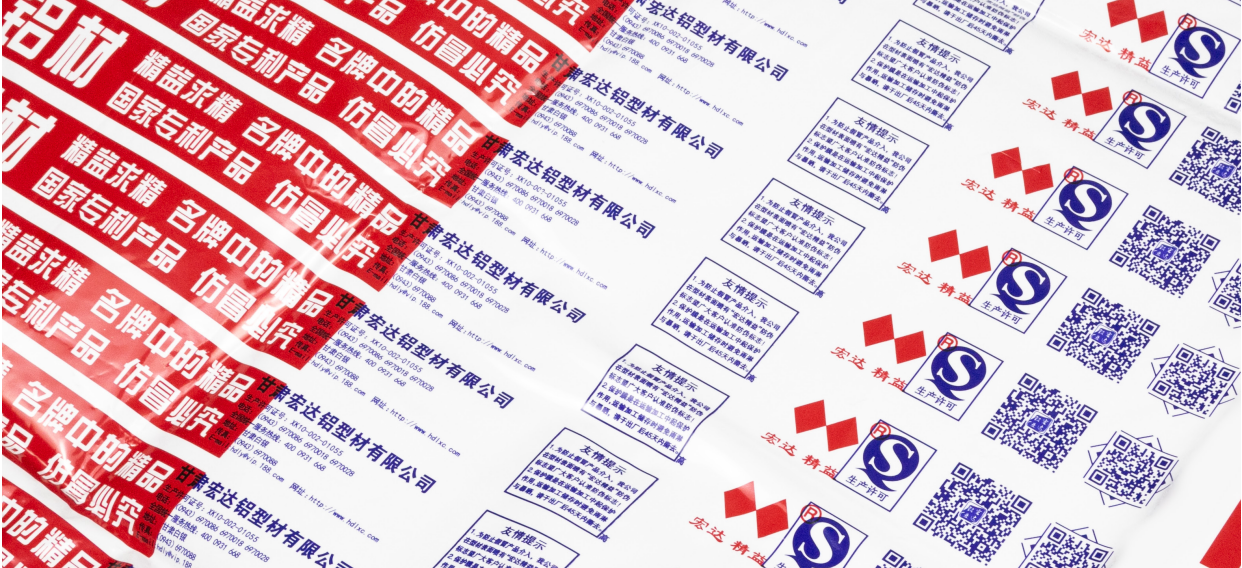
As the demand for sustainable industrial printing solutions continues to grow, the future looks bright for eco-friendly inks. With Qinghe Chemical leading the way in developing food grade waterborne polyurethane-based ink, the industry is embracing a safer and more environmentally friendly approach to printing. By ensuring safety and quality with this innovative ink, businesses can confidently meet food packaging requirements while reducing their environmental impact.
The Future of Sustainable Industrial Printing
The future of industrial printing is undoubtedly moving towards sustainability, with a focus on eco-friendly solutions that prioritize safety and quality. As more businesses recognize the importance of using food safe inks, we can expect to see a shift towards greater transparency and accountability in the printing industry. This will not only benefit consumers but also contribute to a healthier and more sustainable environment.
Embracing Eco-friendly Solutions with Qinghe Chemical
Qinghe Chemical's commitment to developing eco-friendly printing solutions sets a new standard for the industry. By embracing their innovative waterborne polyurethane-based ink, businesses can demonstrate their dedication to sustainability while maintaining high-quality printing standards. With Qinghe Chemical leading the way, it's easier than ever for companies to make environmentally responsible choices without compromising on performance.
Ensuring Safety and Quality with Food Grade Waterborne Polyurethane-based Ink
Food safe ink is crucial for ensuring that printed materials meet strict safety standards when they come into contact with food products or packaging. Qinghe Chemical's waterborne polyurethane-based ink offers a safe and reliable solution that meets these requirements without sacrificing durability or vibrancy. By choosing this ink, businesses can confidently address consumer concerns about food safe inks while prioritizing sustainability.

